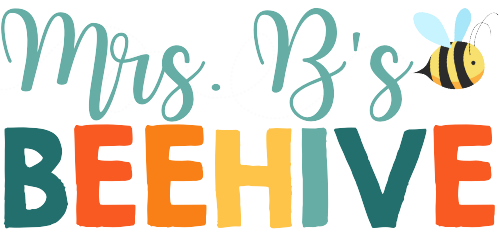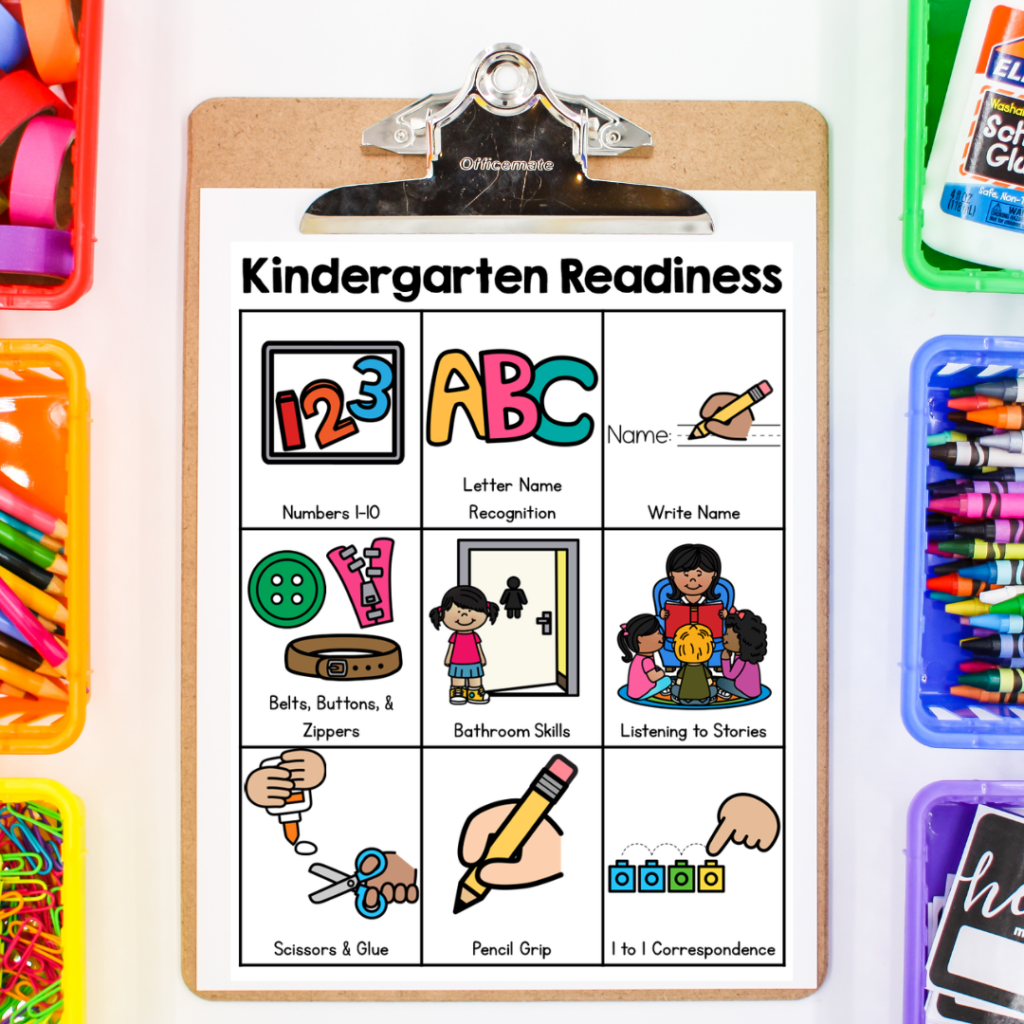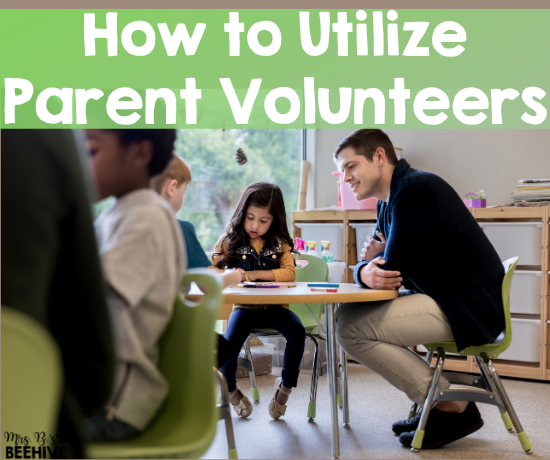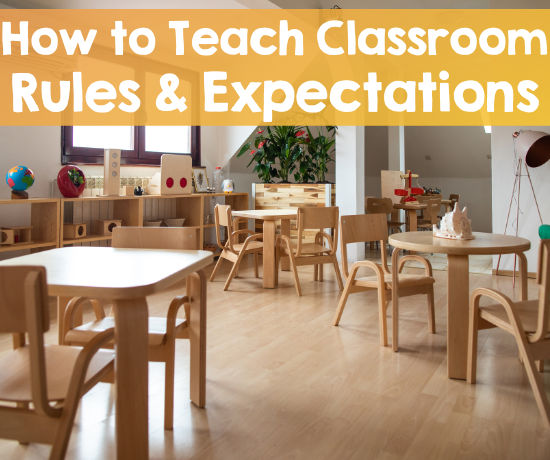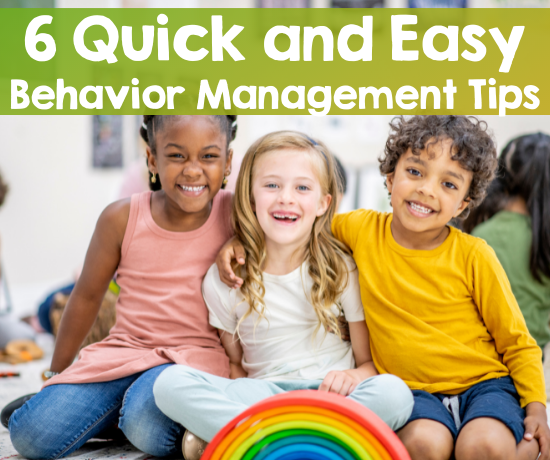Kindergarten preparation can be overwhelming. We hear all over that kindergarten isn’t what it used to be when we were kids. Well, it definitely is not. Kindergarten has become an essential first step to helping kids prepare for the rest of their school careers. Kindergarten readiness is important to make sure your students are ready to jump into going to school all day, five days a week, with no nap time.
In order to get a gold star for kindergarten preparation, I have 9 items on a checklist for kindergarten readiness to work on for kindergarten readiness and a free printable to use for your classroom.
1. Know Numbers 1 to 10
Incoming kindergarteners will benefit from knowing the numbers 1 to 10. They need to know the numbers in order to count from 1 to 10 as well as be able to identify the numbers out of order. Our soon-to-be kindergarteners should be pretty comfortable with all of the numbers 1-10.
2. Learn Letter Names
In order to be successful in kindergarten, it is helpful if youngsters know the letters of the alphabet. That means they can identify all 26 letters on sight and know what their names are. You get bonus points in kindergarten preparation if the students know what sounds each of the letters makes. Remember that some letters are responsible for more than one sound, too.
3. Kindergarten Readiness in Writing Your Own Name
Students who know how to write their names before entering kindergarten will help save themselves and their teachers time. By being able to write their own name, each student can write on their own paper and begin to perfect their penmanship. It is important to be able to write your own name so that all the worksheets and practice material has the right name on it to be sent home. Then parents can save all the wonderful work and art from the kindergarten year of school.
4. Kindergarten Readiness with Belts, Buttons, and Zippers
Once a child learns how to use belts, buttons, and zippers, they are much more independent than their counterparts who have not yet mastered these skills. They are able to wear a wider variety of clothes to school without needing help from an adult to stay clothed or reclothe after using the restroom.
5. Independent Bathroom Skills
It is essential that kindergarten students are able to be independent in the bathroom. Chances are, the classroom will have anywhere from 15 to 25 or more students in the classroom with one teacher. There is no way that one teacher can assist everyone in the bathroom and meet the lesson objectives that are required. Do yourself, your student, and your student’s teacher a favor by helping your incoming kindergartener be independent in the bathroom. (It also helps students be independent in the bathroom if they’re accomplished in item #4 as well, being able to use belts, buttons, and zippers!)
6. Listening Attention Span
Having an attention span long enough to listen to stories is an important thing to master for youngsters heading to kindergarten. Storytime in a kindergarten class is timeless. Sitting and listening while the teacher reads is an essential skill your student needs to have. Storytime in kindergarten doesn’t last long, so being able to sit quietly without causing a distraction to yourself and others is necessary.
7. Properly Use Scissors and Glue
A lot of parents avoid scissors and glue at home. They make such a mess. I understand but think about it from your child’s teacher’s perspective. If all of the students come to school with no experience with scissors and glue, they have a huge and sticky mess. Kindergarten preparation should include a crash course on the proper way to use scissors and glue without making a mess. Your student’s kindergarten teacher will thank you.
8. Proper Pencil Grip
A proper pencil grip can be difficult to master. As toddlers, children learn how to use crayons and color however they want. Parents are just excited their children are able to draw squiggles and don’t really care how they hold the writing implement. Your child’s teachers will care, though. There is a proper way to hold a pencil so that wrists aren’t fatigued and letters are formed correctly. Begin kindergarten readiness of proper pencil grip at home!
9. Count using 1:1 Correspondence
Most children learn how to count things one at a time by using their fingers or their parents when they are very young. Encouraging counting things one by one is the same as practicing 1 to 1 correspondence. This is an essential beginning math skill that students will use in school.
Is Kindergarten Readiness really that important?
Yes. It is. Being prepared for kindergarten will help your student learn everything else throughout the year. By giving them a leg-up with this checklist for kindergarten readiness, your student will thrive. This checklist is available for you to use at home or in your classroom for free and I would encourage you to make sure that incoming kindergarteners have the skills on this list.
If your soon-to-be kindergartener has already mastered these tasks, you may be interested in Back to School Review Worksheets for Kindergarten or Letter Recognition Worksheets. These resources will further prepare youngsters for the rigors of kindergarten.
Another great resource for you and your checklist for kindergarten readiness is more reading and free advice. As you have time, I hope you read my Letter to Next Year’s Parents, Fine Motor Freebies, and The Best Fine Motor Tools for Pre-K and Kindergarten blogs for even more ideas and helpful hints.
